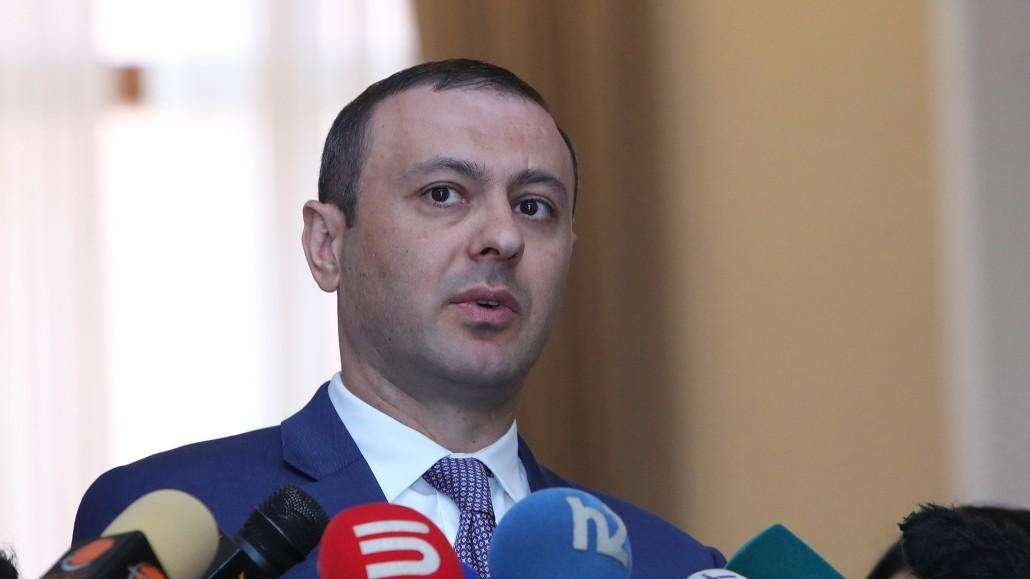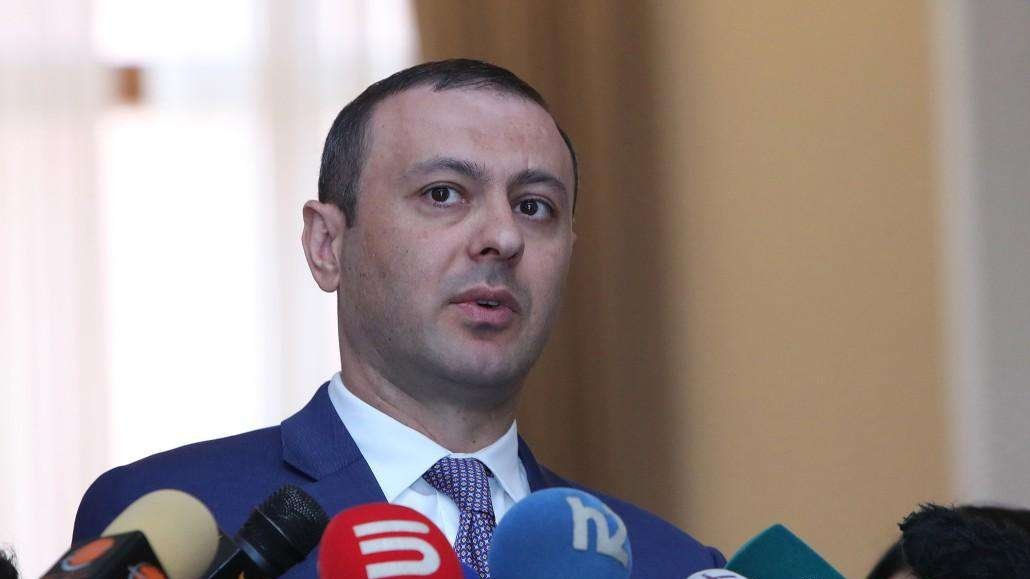Analysis: Islamist Terrorist Movements and European Foreign Fighters
European terror dynamics and reintegration were brought into sharp focus by our sources as an estimated 5,000 Europe-based individuals are known to have joined the conflicts in Syria and Iraq. A large portion of these have pledged allegiance to ISIS.
Overview: Rate of Return and Reintegration
Concerns about the potential repercussions of returning fighters have been raised. Nevertheless, numbers have been less alarming than first anticipated with only around 30% or approximately 1,500 individuals having returned.
The U.S. has consistently advocated for adopting a rule of law approach to these returnees. This includes prioritizing measures to combat radicalization within prisons over strategies like reintegration and therapy.
Debunking Assumptions Surrounding Foreign Fighters
Our sources suggest that the narrative surrounding foreign fighters often incurs a number of inaccuracies:
- Firstly, equating these modern-day foreign fighters with historical international brigades could lead to a distorted understanding of the former and their motivations.
- Secondly, attributions of naivety or brainwashing double down on the false idea that these fighters lack agency in their decisions to join extremist groups.
- Thirdly, the act of pinning the blame for their actions on Western discrimination and systemic disadvantages obscures their individual culpabilities.
Proposals for Countering Islamist Terrorism
Several proposed solutions to address the issue of foreign fighters have come under scrutiny for their potential ineffectiveness:
- Integration remedies have been suggested as a countermeasure, although their efficacy in curbing extremist sentiment remains unclear.
- The idea of using disillusioned fighters as counter-terror messengers may not always yield the desired results, challenging its realism as a broad strategy.
- The framing of Salafists and political Islamists as a buffer against ISIS often overlooks the nuanced nature of ideological alignments within Islamist movements.
- Lastly, the argument against prison sentences out of fear they may exacerbate threats discounts the importance of penal actions in upholding the rule of law.
Conclusion: The Complexity of The Issue
The aforementioned assumptions and decided approaches add layers of complexity to the issue of Islamist terrorism and radical combat approaches. Inputs from our source underscore the need for a balanced understanding that sidesteps oversimplifying narratives and misguided assumptions over returned fighters.














